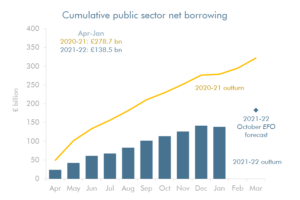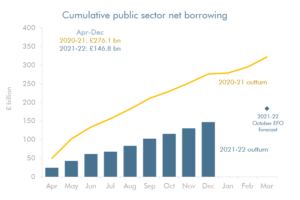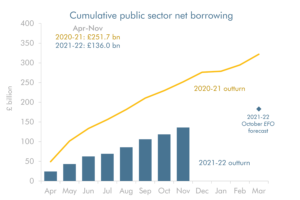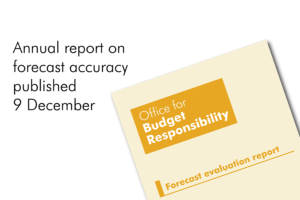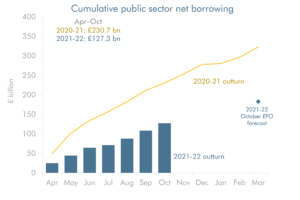January tax receipts and debt interest far exceed forecasts
January is a big month for tax receipts, with self-assessment (SA) payments due. This year’s relate to 2020-21 liabilities – a year affected by both lockdowns and huge fiscal support. At £26.8 billion, SA receipts exceeded our forecast by £7.8 billion. That helped take the year to date receipts surplus relative to our October 2021…

